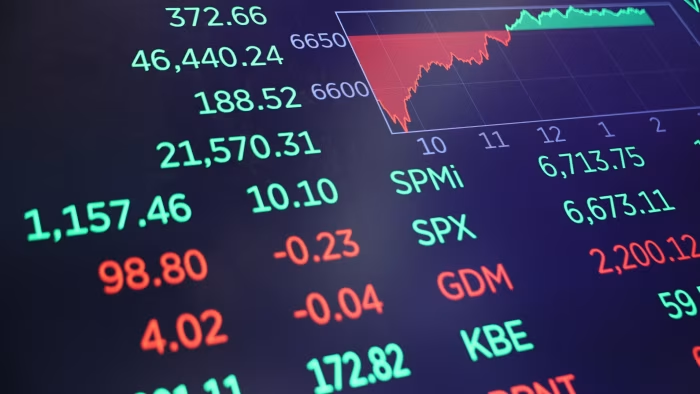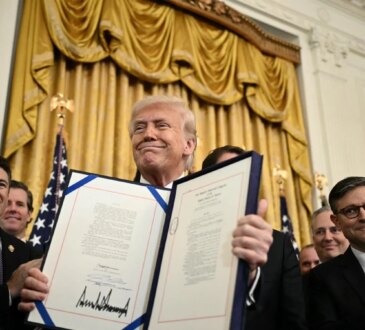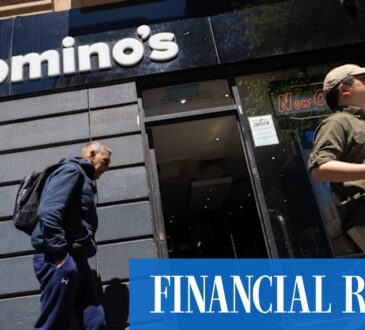
Stay informed with free updates
Simply sign up to the Hedge funds myFT Digest — delivered directly to your inbox.
Top traders at some of the biggest hedge funds are taking home almost a quarter of the profits they make for investors, according to a Goldman Sachs report, as the likes of Citadel and Millennium extend their hold over the industry.
A war for talent between multi-manager hedge funds has pushed up pay in the industry, with firms luring traders with packages that can be worth more than $100mn.
Goldman said that managers at the highest paying firms had this year secured payouts worth 24.5 per cent of the profits they made for investors, compared with 22 per cent in 2022.
Hedge funds have evolved from a structure where star traders from banks, trading firms and asset managers would strike out on their own to one increasingly dominated by goliaths that house hundreds of portfolio managers and their teams of analysts trading a full spectrum of assets.
Multi-managers have captured more than $425bn in assets, Goldman said, up more than a third since the investment bank’s first report on the platforms in 2022.
After net outflows from the sector in 2024 and weak performance from some firms in 2023, multi-managers are once again hoovering up investor capital and notching stronger returns.
The total managed assets across the 57 hedge funds surveyed by Goldman jumped by 16.1 per cent in 2025 from the year before, driven both by performance and new capital. In contrast, the rest of the hedge fund industry’s assets climbed by just 4.2 per cent.

A unique fee model has also enabled the multi-managers to bid up pay packages for top traders to $100mn or more.
Whereas traditional hedge funds would usually charge a 2 per cent management fee and 20 per cent on profits made for investors multi-manager hedge funds pass their expenses through to investors, enabling them to invest more in technology and traders to extend their advantage over rivals.
Under the model, costs including client entertainment, portfolio manager bonuses, and technology are charged directly to investors rather than incurred by the fund’s managers.
This has led to a blossoming of complex and ever-growing pay packages that trump what most portfolio managers can earn if they were to set up their own funds.
The sums of money managed by individual portfolio managers under the umbrella of the multi-manager firms has also jumped over the past three years.
Within the quartile of firms that allocate the largest amounts of capital to trade, portfolio managers are now responsible for books of as much as $1bn, a steep increase from the $563mn Goldman reported they were allocated in 2022.




